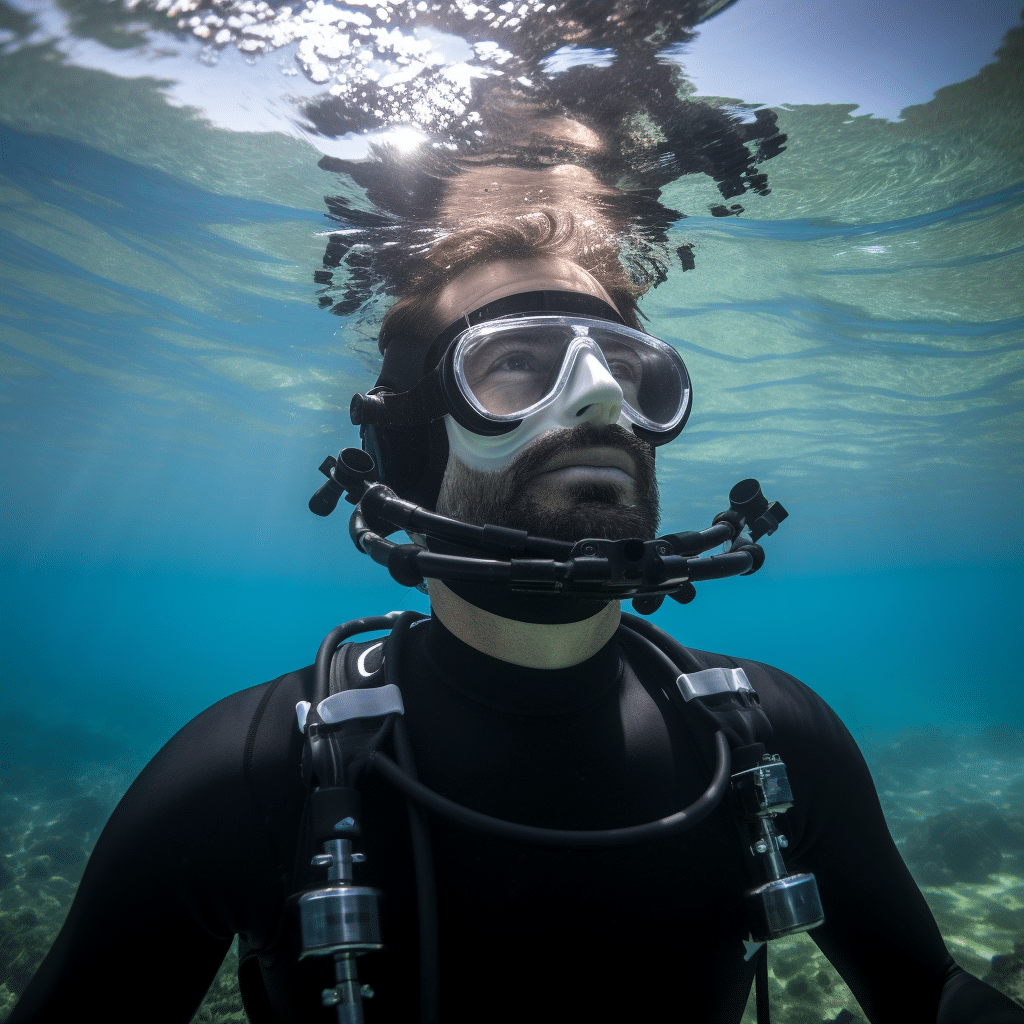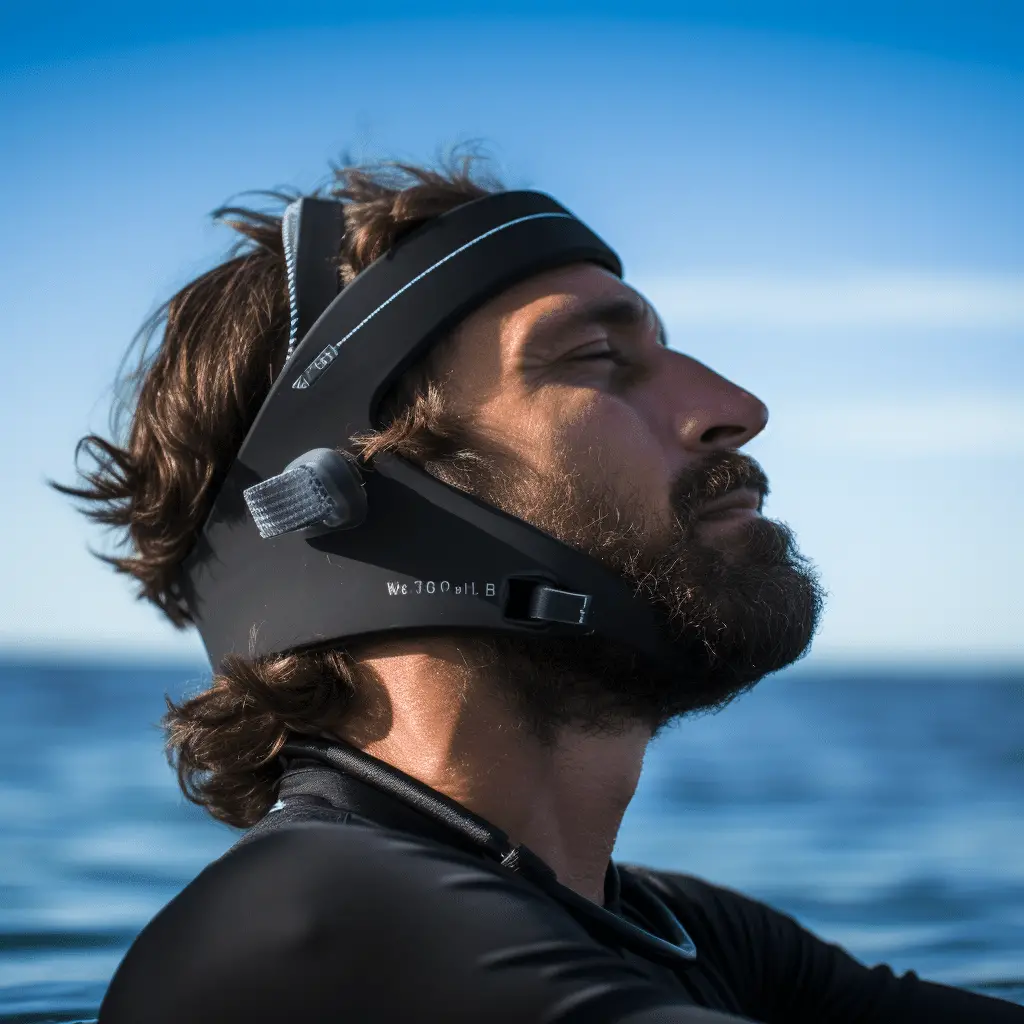Probably one of the most thrilling and relaxing underwater experiences anyone could ever have is freediving. As a recreational sport, it has many advantages besides the beautiful views and meditation. However, it is a physically demanding sport, and inexperienced divers may find themselves shortening their dives or staying too close to the surface to explore truly. Although there is very minimal equipment involved with freediving, neck weights are undoubtedly beneficial for freedivers.

What Are Neck Weights
Neck weights are weighted collars that freedivers use to help them achieve neutral buoyancy or streamline the experience. They are an essential piece of equipment that has the potential to change the freediving experience drastically. Before neck weights, freedivers used weight belts and other weights (such as those used in Skandalopetra diving) to streamline their dives. Several different models are currently in use, each with its specific uses and benefits. Some divers forgo purchasing neck weights and choose to make them on their own, which was the only option until very recently.
Why Are Weights Needed In Freediving?
As we’ve previously mentioned, weights (on a waist belt, around the neck, or otherwise) are regularly used by freedivers whether recreationally, competitively, or for other activities such as pearl diving. Even if we go back to the very beginning of freediving in Ancient Greece, weights were used. Note that freedivers spend their entire time underwater on a single breath. Weights allow the diver’s descent to be significantly shortened so that they can use more time (and breath) for the dive’s intended purpose. For example, if a freediver is diving for meditation, they can spend more time meditating and less time in their descent.
Benefits Of Neck Weights In Freediving
There are obviously many benefits to using neck weights, or else they would not have become as popular as they are today. Some divers find them so effective that they skip using a weight belt altogether and depend solely on neck weights. So what are the benefits?
Body Positioning
As with any swimming, freediving is best when the diver’s body is in the proper (streamlined) position. Weight belts shift the center of gravity towards the midsection and thus cause the legs to sink while the chest floats. On the other hand, a neck belt keeps the body in a straight line which is more energy-efficient and allows for better swimming.
Shorter Descent, Longer Glide
The weight of a neck belt gives the diver more weight to eliminate any positive buoyancy during their descent. Essentially, it allows a freediver to sink faster to the depth they intended to reach. Of course, this gives them more time to spend at the intended depth while still on a single breath.
Additionally, due to the better positioning and increased efficiency while swimming, neck weights allow for less oxygen utilization. This makes the already prolonged glide phase of the dive even longer, effectively stretching that single breath over more time.
Neutral Buoyancy
When a freediver reaches the intended depth, they need to spend a lot of energy to counteract the inflated lungs’ positive buoyancy. Neck weights help neutralize the diver’s buoyancy to the water around them, making the diving experience easier and furthermore energy efficient (again, to prolong the time underwater).
This effect is especially important for freediving in cold waters because a neoprene wetsuit (required for warmth) adds to the diver’s buoyancy.
Adjustable Weights
Neck weights can be adjusted more precisely according to the diver’s specific requirements. This is especially true if they are homemade and not purchased. When freediving, every second count, and so the extra precision is not insignificant.
Neck Weight Models
At the moment, there is a large variety of materials being used to make freediving neck weights. Usually, they are designed to be compact, comfortable and non-abrasive, while having heavier inner tubing (or weight blocks).
Traditional Collar
Before manufacturers decided to mass-produce neck weights for freediving purposes, they were generally made at home and would take the shape of a collar (much like a dog’s collar). They usually have a buckle to fasten/unfasten them. Some may have an adjustable strap to make them more comfortable, while other models come in preset sizes according to diameter. The weight for this type is often fixed and cannot be adjusted in water or on land. Due to the variety of materials used for making collar-shaped neck weights, they can be made less bulky and more comfortable than DIY neck weights.
Tailed Collar
First popularized by the aptly named company Lobster, these models have a tail that starts at the nape of the wearer’s neck with an adjustable length according to the amount of weight added to the device. The design is more comfortable to carry out of the water. At the same time, underwater gives even more efficiency and helps with the streamline freediving position better than traditional collar-shaped neck weights. It is particularly useful for dynamic freediving.
Adjustable Collar
Some models are shaped like a traditional collar but are highly adjustable. The basic collar can house several weight ‘blocks’ that can be interchanged. In this way, more or less weight can be added according to the depth requirements of the dive. However, the benefit of their adjustability is contrasted by their usually bulky design, which may be very uncomfortable for many.
Safety Concerns
As with any equipment used underwater, there are, of course, some safety precautions. The first concern with neck weights is that the neck muscles are not accustomed to carrying so much weight. This is only a concern on the surface, but it can be very difficult for some divers if they are not physically fit enough to carry the neck weights.
Some people may feel that neck weights hinder their arm movement, and that is why they are generally used by experienced freedivers, whereas beginners train using a weight belt.
Another major concern is the ability to remove them. If they are particularly difficult to unfasten in an emergency situation, it can lead to blackouts or drowning. Of course, neck weights that are not fastened by a buckle (and thus easier to remove) are inherently safer in this regard.

Are Do-It-Yourself Neck Weights Safe?
For years, freedivers have been making their own neck weights. Many beginner divers may feel intimidated going under the surface using a device of their own creation, and rightly so. Because they are homemade, there is no testing done on any of the components of the neck weights and no guarantees that the buckle will work (especially when using a used buckle). However, they are not very hard to get right, and so most DIY neck weights are considered relatively safe to use.
Using a weighted neck collar for freediving greatly enhances the experience and enables divers more efficiency while swimming. Consider getting a neck weight if you are already an experienced freediver and feel comfortable using it.
Now that you learned about the benefits of using neck weight you may want to know about “How to stay warm on cold water without a wetsuit”. Click the link and find it out.
